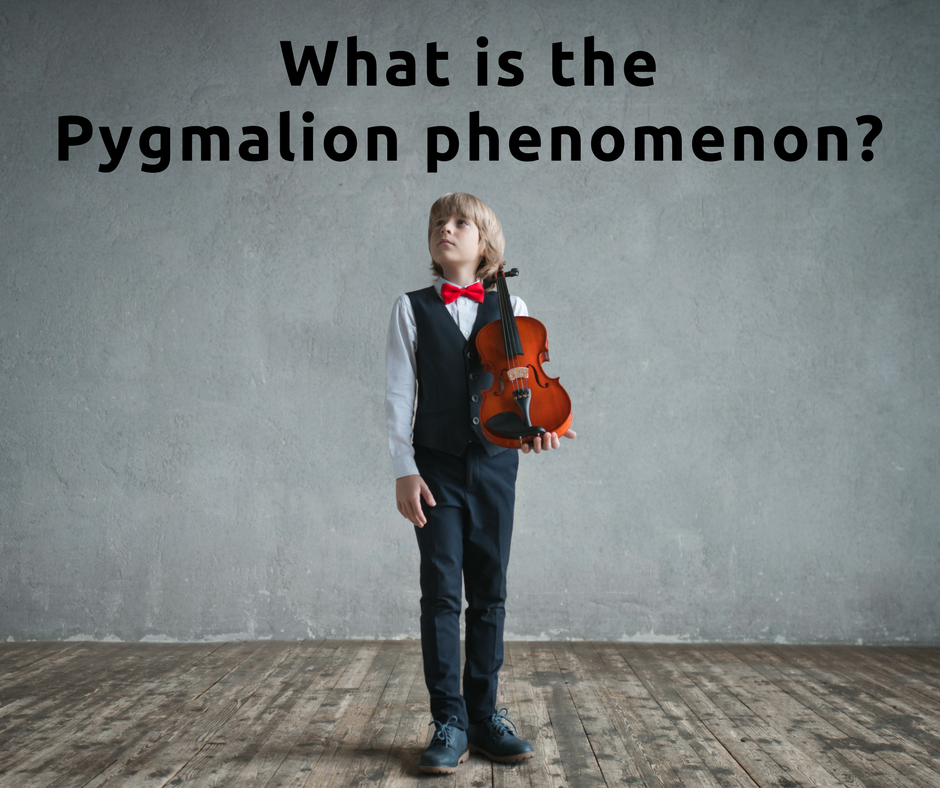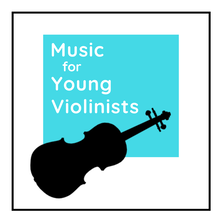Play along to the 10 easiest violin songs here on this youtube video:I spent the past 20 years teaching the violin and most of that was using a Suzuki Violin curriculum which begins with Twinkle, Twinkle Little Star & rhythmic variations. In my opinion, this is is a difficult piece to begin with since it has 4 sections in A-B-B-A form and uses 6 pitches. I always had to break it down into smaller songs like the Flower Song and Monkey Song in order to teach it to young beginners.
This got me thinking about how I might teach beginners if I were to use a different curriculum so I created the list below and a violin sheet music collection of what I think are the 10 easiest violin songs. 3 Note Songs:
4 Note Song:
5 Note Songs:
6 Note Songs:
Lastly, for clarification, there is a slight error in calling this a list of songs because the definition of a "song" is a piece of music meant to be sung with the human voice versus a "piece" which is composed for an instrument. As you can see from this list above, Spring from the Four Seasons is technically a "piece" and not a "song". What songs/pieces would you include in this list? Please let us know in the comments below. Thanks!
6 Comments
Do you know what finger patterns are? If you have not started finger patterns yet, then today is the day! It will take you about 4 minutes to learn the finger patterns and then 1 minute/day to practice. You will benefit immensely from mastering finger patterns and they will help you build technique, make music theory applicable to violin playing and aid you in learning your repertoire faster. Keep scrolling to learn more. The best way to learn finger patterns without an instructor is thru either a chart or a tutorial video (like the ones below) . I like to teach them in the sequence displayed below and include the less common finger patterns of 1-2-3 and 2-3-4 together as well as all fingers together (half steps) and all fingers apart (whole steps). Once you have these mastered, the next step is to start applying them to your music. Now that you are thinking in terms of half-steps and whole-steps, mark these into your music so the concept starts to click. After a while of using finger patterns, you will notice you learn pieces faster and have improved intonation. Did you catch the fun pop reference? Here are some hints: The sci-fi TV show and movies Star Trek & character Spock Have a violin finger pattern tip?
Please let us know in the comments below, thanks! From Pygmalion in the Classroom by R. Rosenthal and L. Jacobsen (2007):Experimenters told teachers that 20% of the children in a certain elementary school showed unusual potential for intellectual growth. The names of the 20% were drawn by random sample. Eight months later these unusual or "magic" children showed significant gains in IQ than did the remaining children, who had not been singled out for the teachers' attention. The changes in the teachers' behavior towards these allegedly "special" children led to changes in their intellectual performance. These children did better not because they were any more intelligent than their classmates but because they were expected to do better by their teachers.
I believe this study is a wonderful reminder for what we already intuitively know. When we vision our children achieving their potential and consistently expect greatness from them, they will be able to reach their highest levels. Link for the book on Amazon. Learn more about this on Wikipedia. |
Categories
All
Archives
February 2024
AuthorHi! It's me, Heather. I absolutely love working on the Music for Young Violinists project and all the many facets: blogging, website, music, teaching materials, freebies, videos, newsletter and giveaway contests. The best part is connecting with you so feel free to drop me a line. You can learn more about me on the "ABOUT" page. Thanks! |







 RSS Feed
RSS Feed
